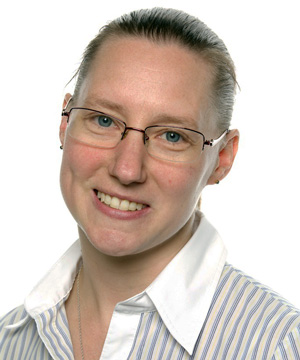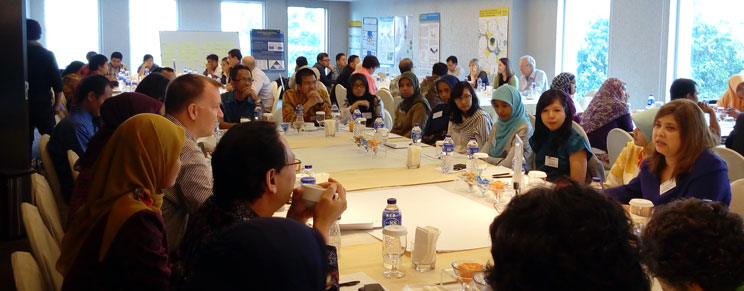
In July this year, 10 early-career researchers from Australia participated in the Indonesian–American Kavli Frontiers of Science symposium. The symposium was the fifth in a series supported by the US National Academy of Sciences’ Kavli Foundation, but the first time that Australia has been invited to send a delegation. The 10 Australians joined around 30 American and 40 Indonesian scientists in Makassar in south Sulawesi.
The Kavli Frontiers of Science symposiums are deliberately interdisciplinary. In Makassar, we enjoyed six sessions over three days, with topics including astrophysics, infectious disease control, nanomaterials and marine microbiology. We were exposed to exciting ideas and developments across a broad range of fields, well outside our own areas of research. One highlight for me was a talk by Christopher Mores from Louisiana State University, who has been working in West Africa on containing the Ebola outbreak. I found it amazing to hear firsthand about something that has been in the media but seemed quite remote.
On the day before the formal sessions started, we were taken on a cultural excursion to a national park near Makassar and visited several ancient rock art sites. One member of the Australian delegation, Dr Maxime Aubert from Griffith University, conducts research on rock art sites in Indonesia, including the ones we visited. It was fascinating, and a great privilege, to see these sites with a leading expert on hand to explain them and reveal how the paintings have been analysed.
The Kavli Frontiers of Science symposiums are intentionally limited to a small number of participants. We all stayed in the same hotel and shared meals together. This is quite different from typical scientific conferences, where participants often disperse to different restaurants and hotels at the end of each day. Over the course of the symposium, I felt that I had the opportunity to talk to, and get to know, the majority of the participants. I came home with a feeling that I had not only extended my network of contacts but had made many new friends.
We were very well looked after by our hosts throughout our stay in Indonesia. We enjoyed experiencing the local cuisine and learning about the culture, particularly through dancing and singing performances by local groups.
Participating in this symposium and talking to Indonesian scientists certainly made me appreciate how lucky we are as researchers in a relatively wealthy country such as Australia (much as we might like to complain about funding sometimes!). One of the Indonesian scientists asked me how many universities in Australia have access to Transmission Electron Microscopes, and I was somewhat embarrassed to acknowledge our level of access to such equipment—access that is evidently a luxury in Indonesia.

For me, the symposium was a rare opportunity to be taken away from the narrow focus of my day-to-day research work. Spending a week learning about exciting science research just for the sake of learning something new and interesting (even though it was not directly related to my own research), and that made me say ‘Oh, that’s so cool!’, reminded me of why I wanted to become a scientist. I really enjoyed being able to speak directly with leading researchers in different fields far removed from my own. I came away with new knowledge that I might not have been able to gain otherwise, as well as an understanding of the importance and current status of different fields.
I would highly recommend attending a Kavli Frontiers of Science symposium to other early-career researchers, if Australia is invited to participate in the future. I came away from the symposium with renewed enthusiasm for my work as well as new colleagues and friends from across Australia and overseas. I would like to thank the Australian Academy of Science and the Australian Government Department of Education and Training for giving me the opportunity to attend.
Dr Judy Hart
Lecturer, School of Materials Science and Engineering
University of New South Wales
© 2025 Australian Academy of Science